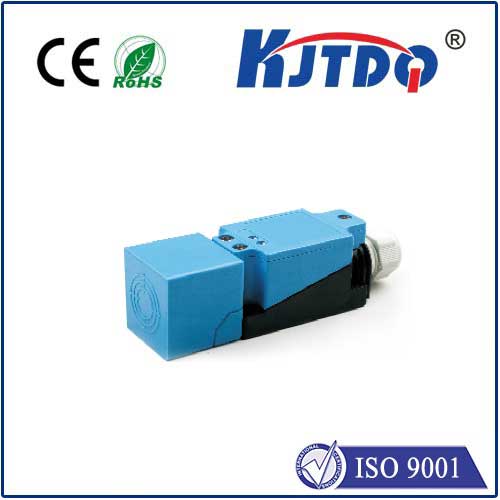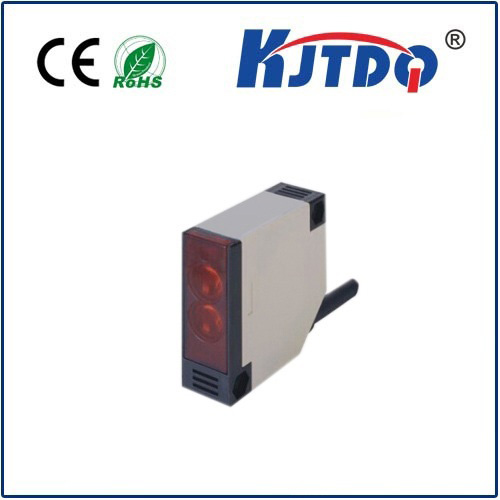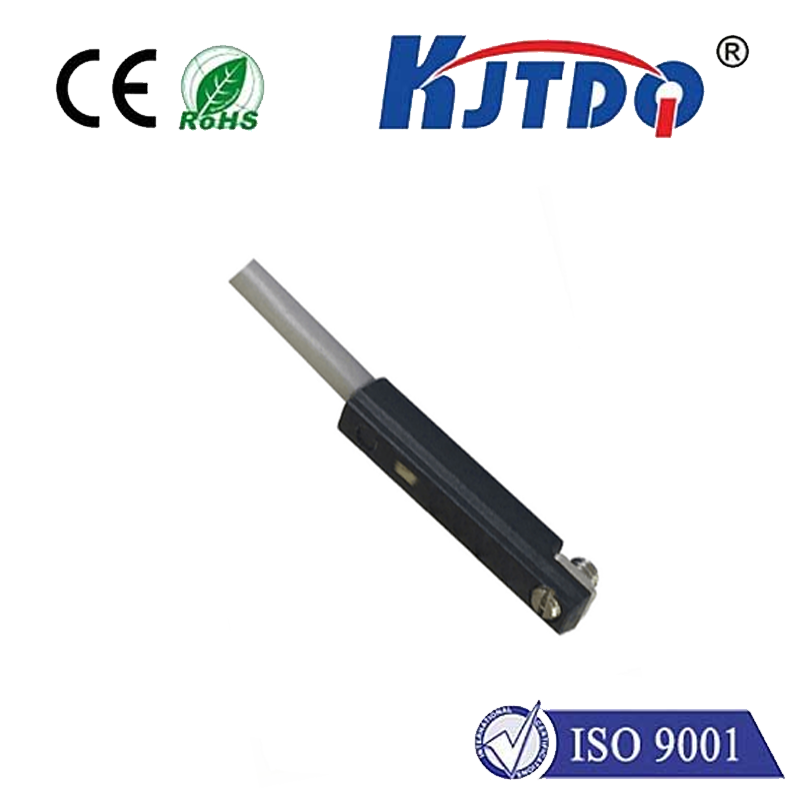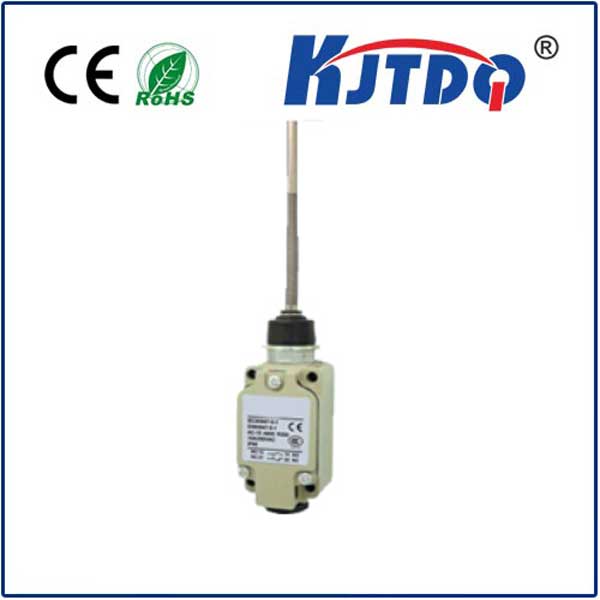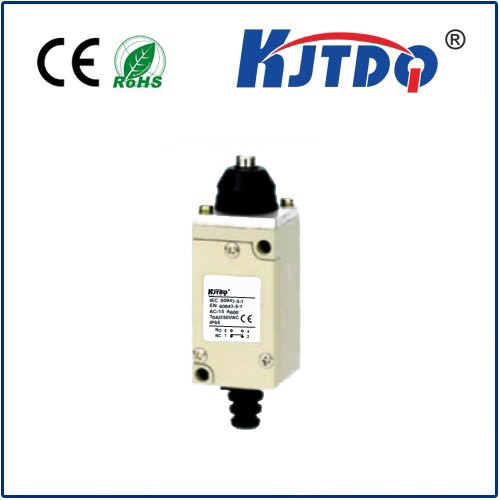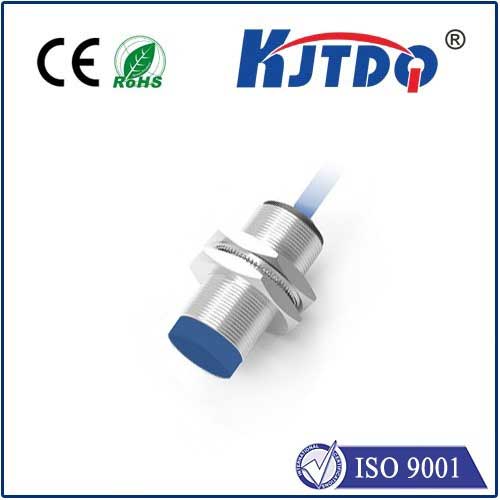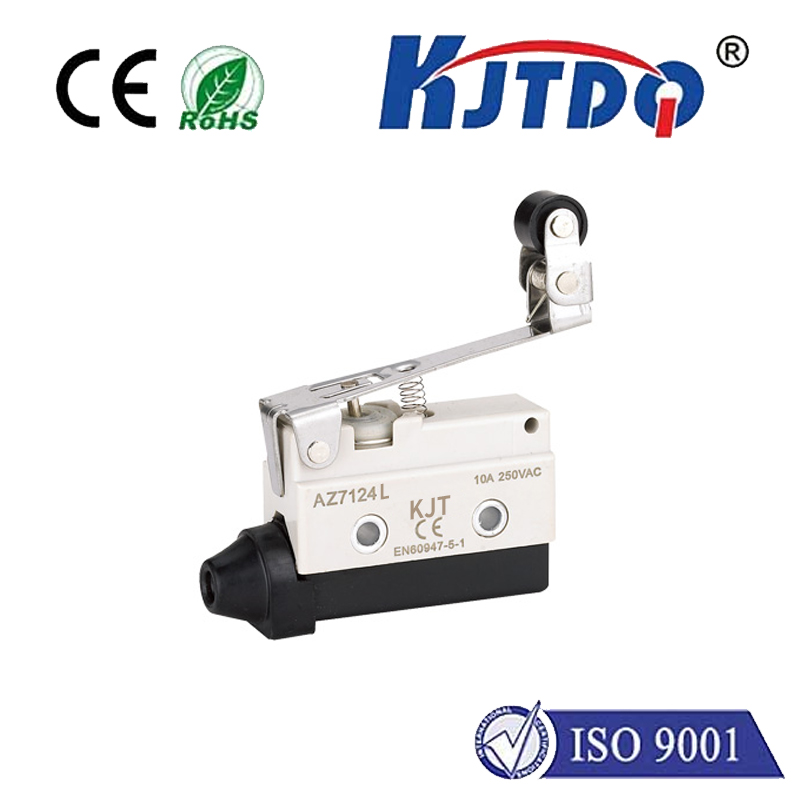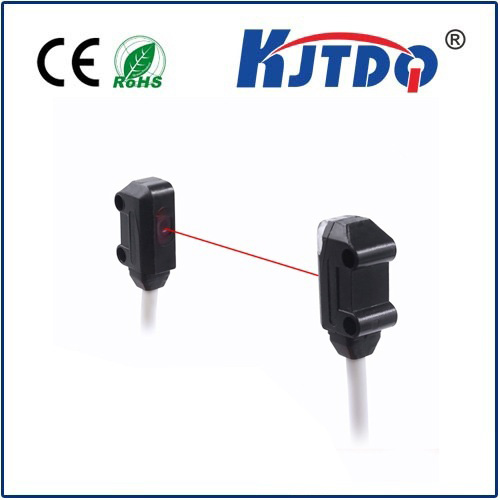Scanning Laser Gauges: Revolutionizing Precision Measurement in Industrial Applications In an era where manufacturing tolerances are measured in micrometers and real-time quality control is non-negotiable, scanning laser gauges have emerged as a game-changer. Imagine a tool that captures 10,000 measurements per second with sub-micron accuracy—no physical contact, no wear and tear, just pure precision. This isn’t science fiction; it’s the reality of modern metrology. From automotive assembly lines to semiconductor fabrication, industries worldwide are leveraging this technology to eliminate human error, boost efficiency, and ensure flawless production.
А.Сканирующий лазерный измерительный прибор is a non-contact measurement device that uses laser beams to scan and measure the dimensions of objects with exceptional accuracy. Unlike traditional calipers or micrometers, which rely on physical contact, this system projects a laser line onto the target surface. Sensors then detect the reflected light to calculate parameters like thickness, width, height, and even surface defects. The result? A high-speed, high-resolution measurement solution ideal for dynamic or delicate environments.
The core principle of scanning laser gauges lies in Лазерная триангуляция. Here’s a simplified breakdown:
A laser diode emits a focused line of light onto the object’s surface.
The reflected light is captured by a high-resolution CMOS or CCD sensor positioned at a known angle.
Using trigonometric calculations, the device determines the distance between the sensor and the object’s surface.
Continuous scanning generates a 3D profile of the target, enabling real-time analysis. This method eliminates mechanical wear, reduces measurement time from minutes to milliseconds, and achieves accuracies as tight as ±0.1 µm—critical for industries like aerospace and medical device manufacturing.
Why are industries rapidly adopting scanning laser gauges? Let’s explore their competitive edge:
Non-Contact Operation: Delicate materials, hot surfaces, or fast-moving production lines? No problem. The laser avoids physical interaction, preventing damage or distortion.

Speed and Efficiency: With measurement rates exceeding 10 kHz, these devices keep pace with high-speed automation, ensuring zero bottlenecks.
Multi-Parameter Analysis: Measure thickness, diameter, ovality, and surface defects simultaneously—no need for multiple tools.
Data Integration: Seamless compatibility with PLCs, SCADA systems, and IoT platforms enables real-time process adjustments and predictive maintenance. A case in point: Automotive manufacturers use laser gauges to inspect engine components during assembly, reducing defect rates by over 30% while maintaining throughput.
Scanning laser gauges aren’t limited to niche applications. Their versatility spans sectors:
Automotive: Ensuring piston rod straightness, tire tread uniformity, and weld seam integrity.
Electronics: Measuring microchip thickness and PCB flatness to prevent short circuits.
Pharmaceuticals: Verifying tablet coating consistency and syringe barrel dimensions.
Metals and Plastics: Monitoring extrusion processes for pipes, wires, and films in real time. For example, a leading steel producer reduced material waste by 15% after integrating laser gauges into their rolling mills, achieving consistent thickness across miles of coiled steel.
Not all laser gauges are created equal. Consider these factors to maximize ROI:
Measurement Range and Resolution: Match the device’s capabilities to your part sizes and tolerance requirements.
Environmental Compatibility: Dust, vibrations, or temperature fluctuations? Opt for models with IP67 ratings or built-in cooling.
Software Features: Look for user-friendly interfaces, customizable alerts, and data export options.
Compliance: Ensure adherence to industry standards like ISO 9001 or FDA guidelines for regulated sectors. Pro tip: Pilot-test the gauge with your specific materials and workflows to validate performance before full-scale deployment.
The evolution of scanning laser gauges is far from over. Emerging trends include:
AI-Powered Analytics: Machine learning algorithms predict equipment failures or process deviations by analyzing historical measurement data.
Miniaturization: Compact, portable designs enable on-site inspections in construction or renewable energy sectors.
Hybrid Systems: Combining lasers with vision cameras or spectral sensors for multi-modal defect detection. As Industry 4.0 accelerates, these devices will become indispensable tools for smart factories, bridging the gap between digital twins and physical production. From enhancing quality assurance to slashing operational costs, scanning laser gauges are redefining what’s possible in industrial metrology. Whether you’re optimizing a legacy production line or building a factory of the future, this technology offers a measurable advantage—one laser scan at a time.

